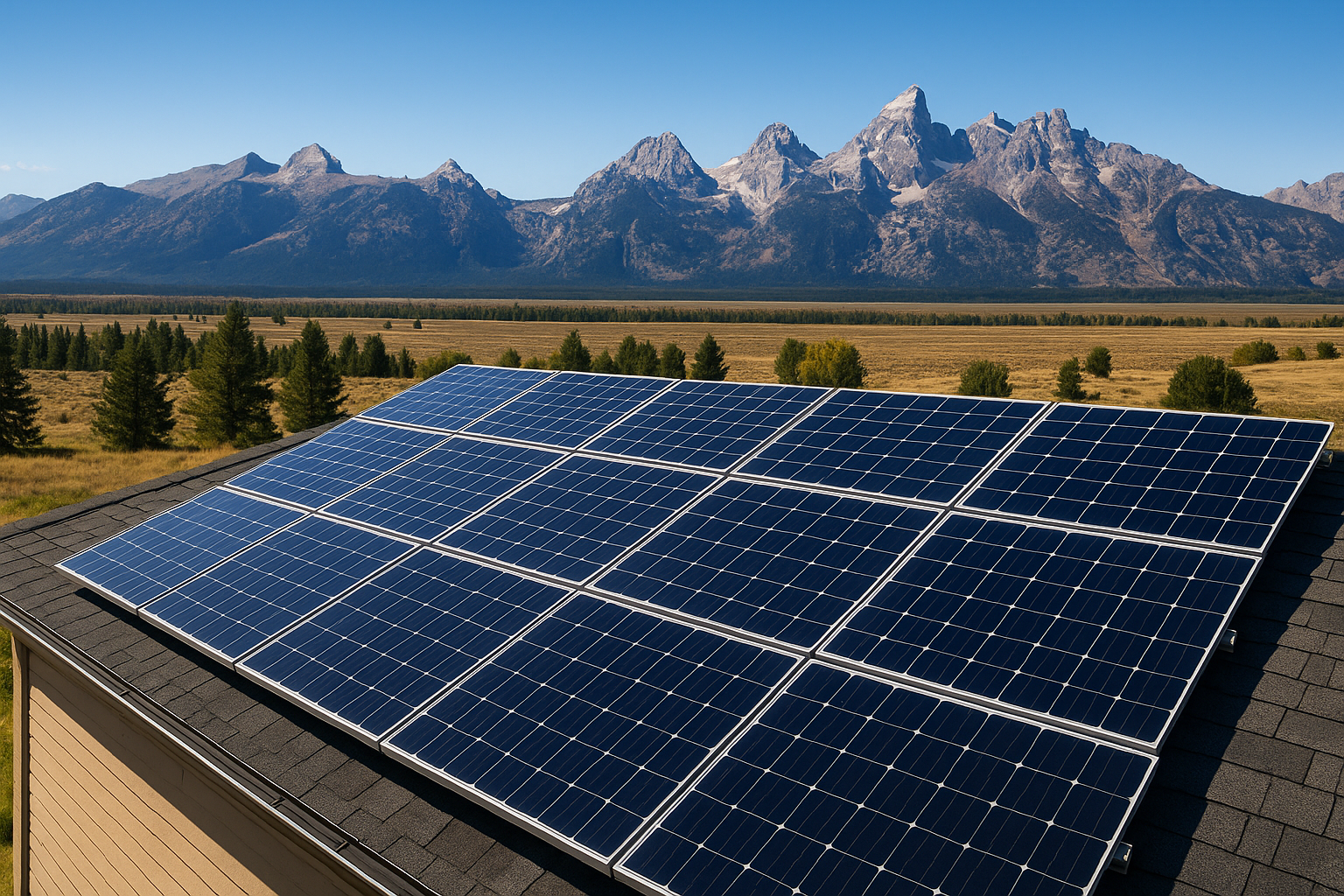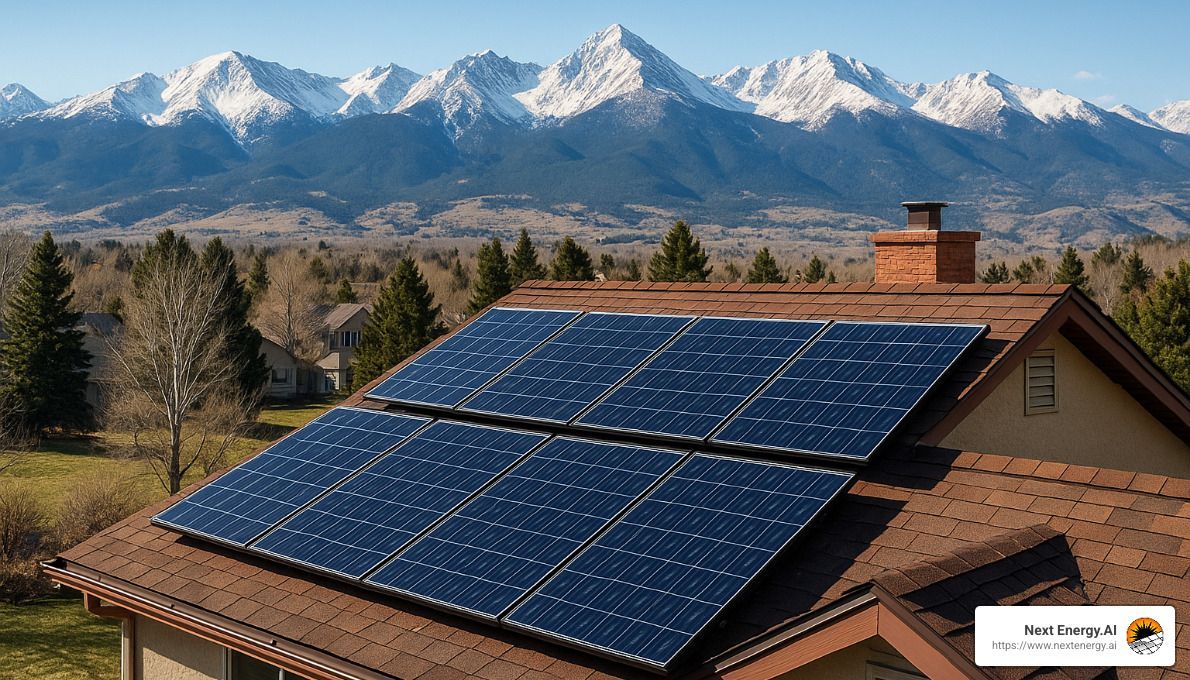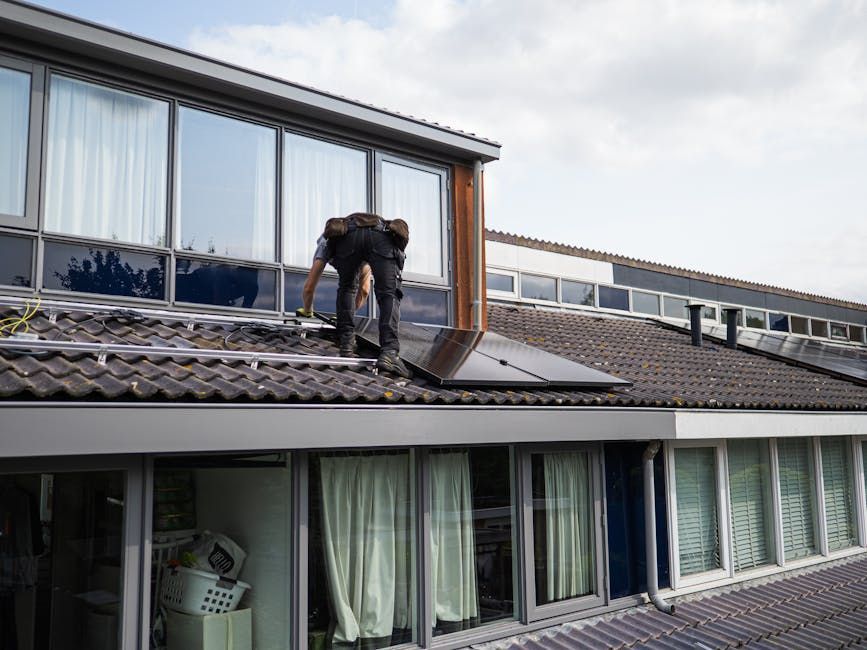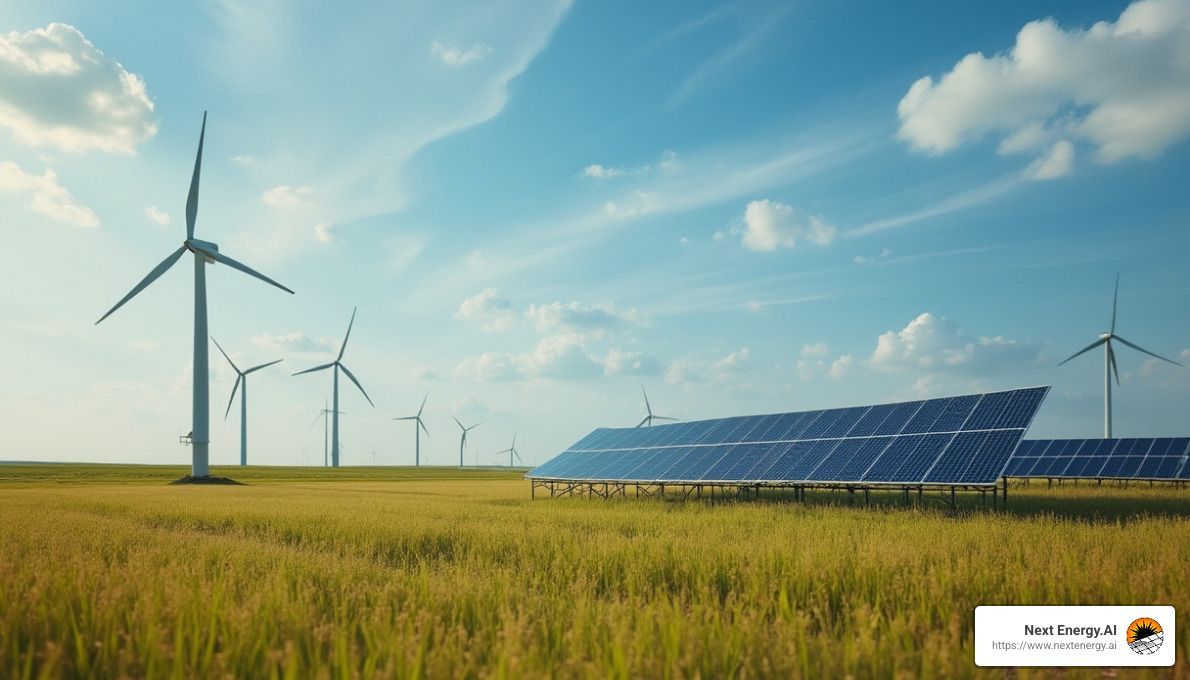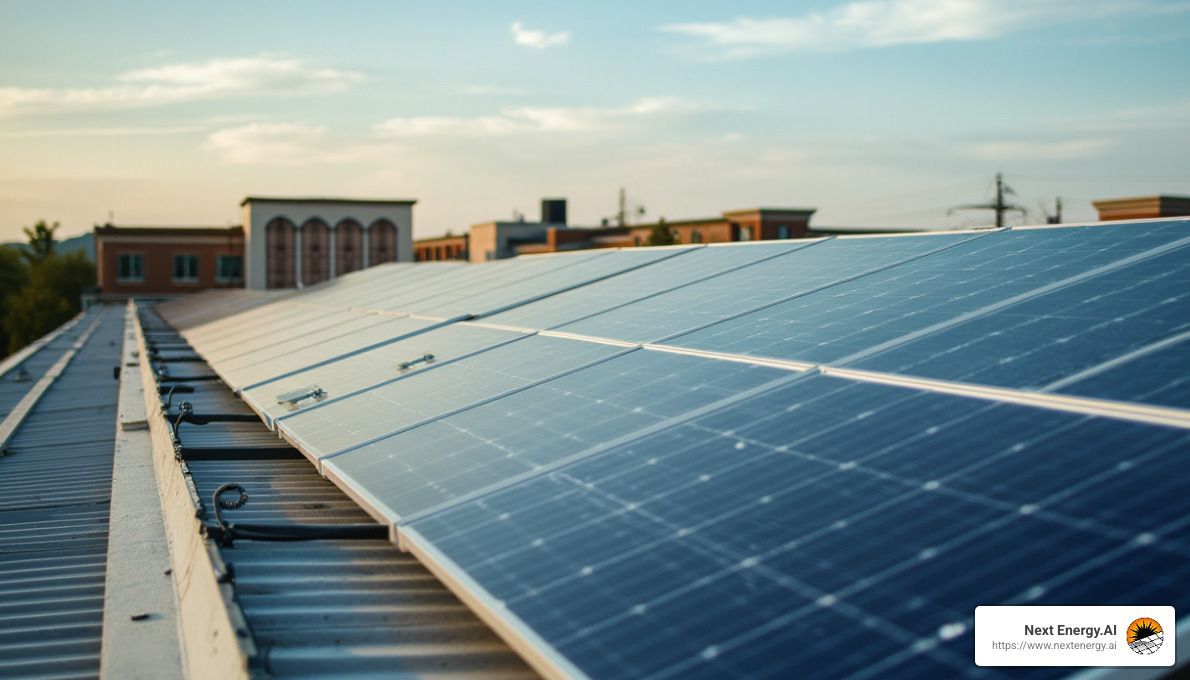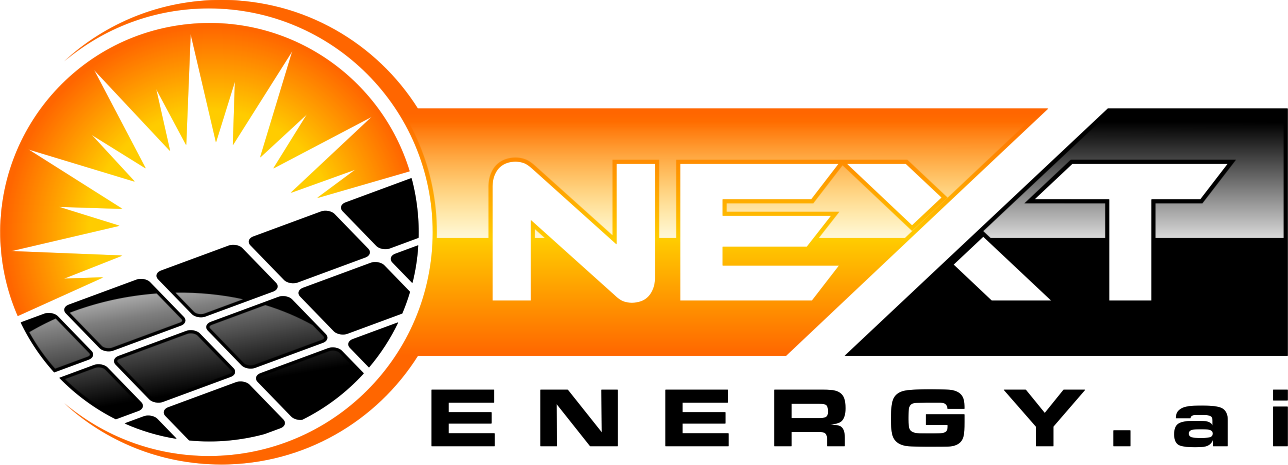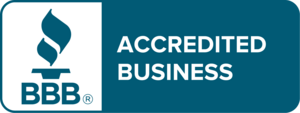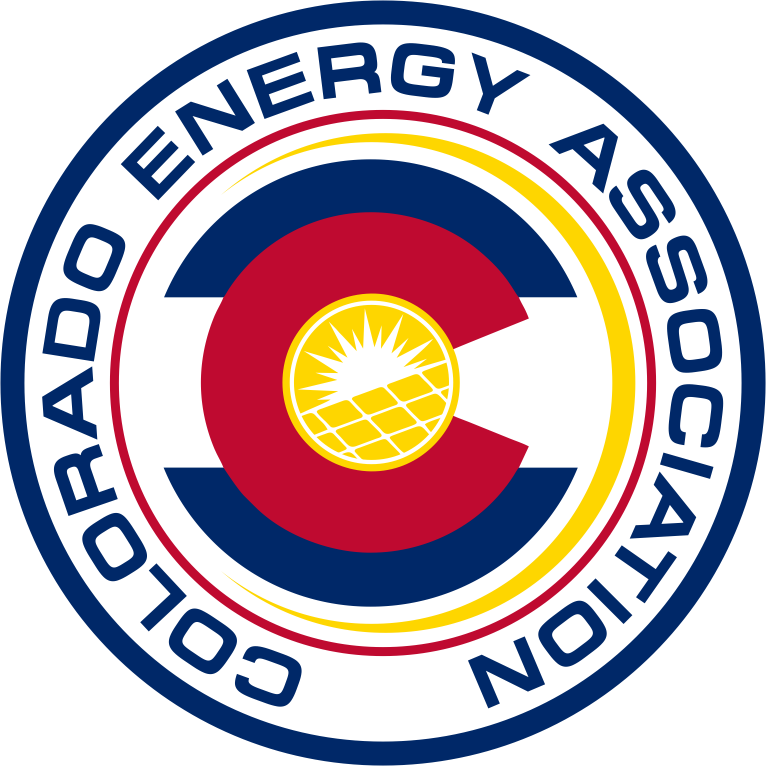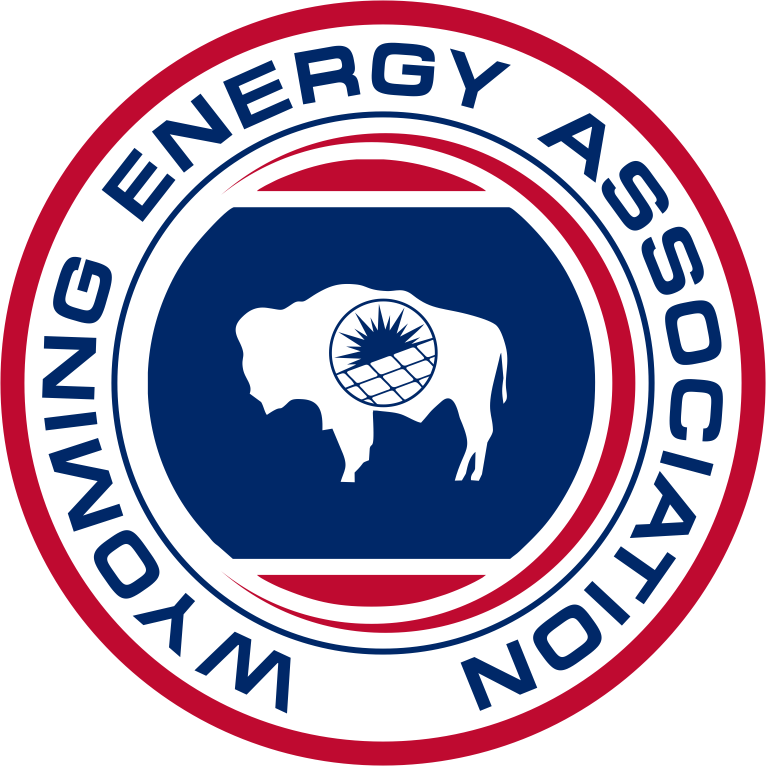Ground Solar Installation vs. Rooftop Solar: Which One Wins?
Ground Solar Installation vs. Rooftop Solar: Which One Wins?
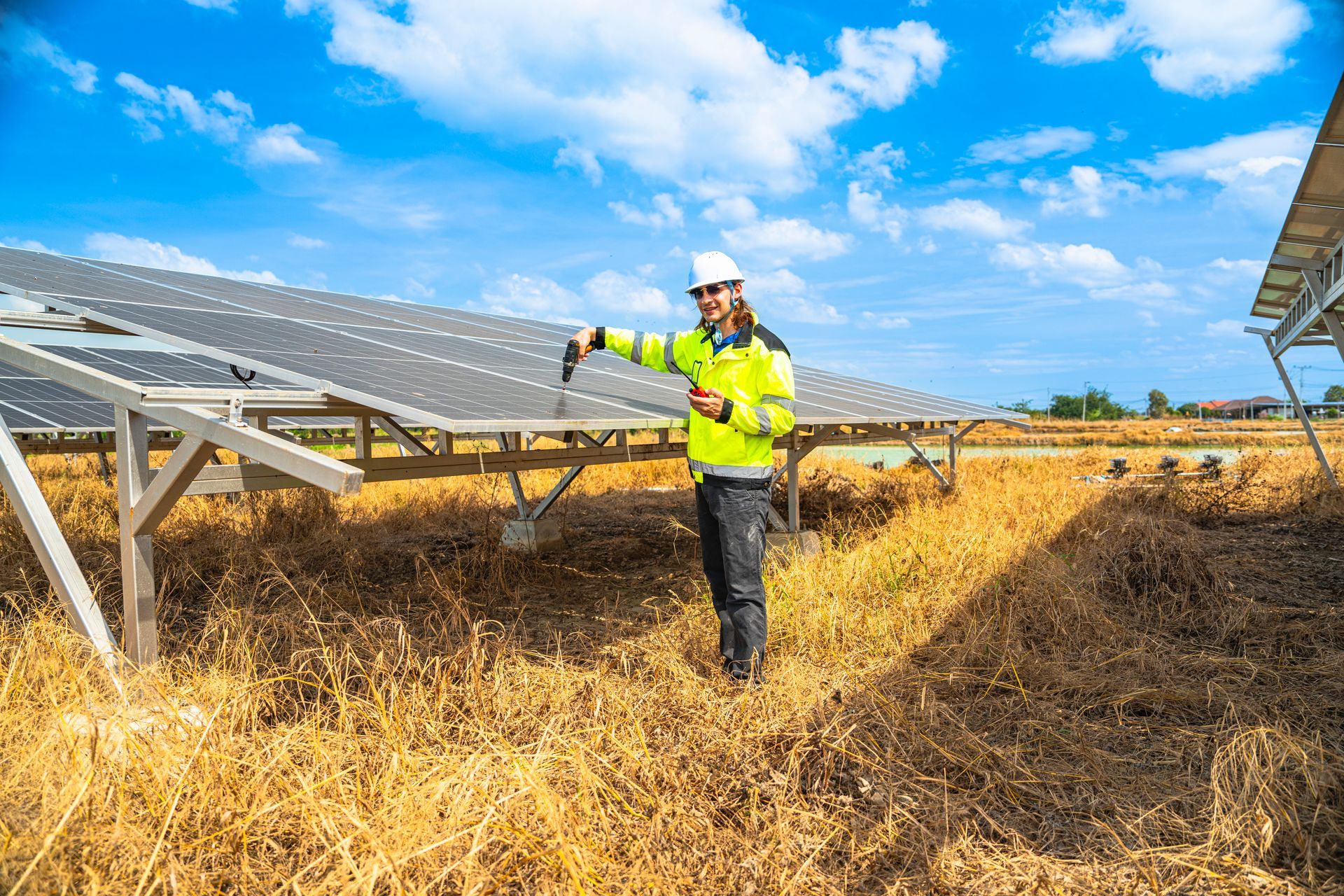
A few weeks ago, a customer in Wellington, CO called us with frustration. They had installed a ground-mounted solar system on their rural property expecting big energy savings. But after a few months, they noticed underperformance, overgrowth shading their panels, and even a few panels knocked loose during a windstorm. No one had explained these risks ahead of time—and they were left searching for solutions.
If you’re considering solar, you’ve probably asked yourself this question: rooftop or ground solar installation? At first glance, ground-mounted systems seem like a great idea. You don’t have to mess with your roof, they’re easier to clean, and they often offer better sun exposure. But the truth is, there’s a lot more to consider.
Both rooftop and ground solar options come with pros and cons. But ground solar installation, while flexible, has a few hidden dangers that can impact performance and cost if you’re not prepared. This guide breaks it all down—so you can make the best decision for your home, farm, or business.
What Is Ground Solar Installation?
Before we compare pros and cons, let’s define what we mean by ground solar installation. Ground-mounted systems are solar panel arrays installed directly on the ground, usually a few feet off the surface, using a steel racking structure. These systems can be fixed-tilt or equipped with tracking technology that follows the sun throughout the day.
Ground solar is ideal for properties with plenty of open space. Because they aren’t limited by roof size or slope, they can be optimized for perfect panel angles and sun exposure. However, these systems require more upfront planning and site preparation, especially when it comes to permitting and weather considerations.
They’re commonly used when:
- Roof space is limited or structurally unsound
- Energy needs require a larger solar array
- Property owners have land available for installation
Ground systems are often found on farms, industrial sites, or large rural properties—but they can work for homes too. That said, it’s important to understand the full picture before making your choice.
The Pros of Ground Solar Installations
Ground-mounted systems offer a range of benefits, especially when planned and executed correctly. If you’ve got the land and budget, these systems can outperform rooftop setups in the long run.
Better Sun Orientation
Because ground panels aren’t restricted by roof shape or pitch, they can be installed at the exact angle that maximizes sunlight throughout the year. This leads to higher energy production and better ROI.
Plus, with dual-axis tracking options, the panels can follow the sun from morning to evening, increasing efficiency by up to 25% compared to fixed systems.
Easier Maintenance and Cleaning
Ground systems are at arm’s reach, which makes maintenance a breeze. Snow removal, leaf clearing, and routine cleanings are faster and safer when you don’t have to climb a roof. This can reduce long-term maintenance costs and improve performance consistency.
Also, if a panel ever needs servicing or replacement, it’s far simpler and cheaper to access on the ground.
Scalable for Larger Systems
One of the biggest perks of ground-mounted systems is their scalability. You can add more panels as your energy needs grow, without being restricted by the size or structure of your building.
This makes them perfect for agricultural properties, manufacturing facilities, or any business with energy-intensive operations. The extra flexibility allows for smart planning—both for today and tomorrow.
The 3 Hidden Dangers of Ground Solar Installation
While the flexibility of ground solar sounds great, there are also some lesser-known risks. Ignoring these can lead to disappointing performance or unexpected costs. Let’s break them down.
Exposure to Weather Damage
Ground-mounted systems are installed out in the open. That means they take the full force of Colorado’s unpredictable weather—everything from hail to snowdrifts to 60+ mph winds.
Unlike rooftop systems, which get some shielding from the building, ground systems can suffer misalignment, loosening, or structural wear over time. Flooding and heavy rains can even create standing water under the system, weakening foundations or causing corrosion.
How to avoid this: Make sure your racking system is built for local wind and snow loads. Use concrete footings or reinforced anchoring, and grade the land for proper water drainage before installation begins.
Vegetation Overgrowth and Wildlife Interference
Since ground systems sit close to the earth, they’re vulnerable to plant overgrowth and animal intrusion. We’ve seen everything from weeds blocking sunlight to rabbits chewing through wires.
In rural areas, gophers and groundhogs may even tunnel underneath arrays, loosening support posts. Without regular upkeep, vegetation can reduce panel efficiency by 20% or more.
How to avoid this: Implement a vegetation control plan. This can include gravel or weed mats under panels, scheduled mowing, and installing wire mesh or conduit to protect cabling. It’s also wise to inspect the system regularly for signs of digging or nesting.
More Permits, Inspections, and Property Impact
Ground-mounted systems can trigger more red tape than rooftop solar. In Wellington and other parts of Larimer County, you may need special use permits, grading plans, environmental assessments, and zoning approvals before you can start.
These projects may also affect your property’s appearance, usability, or resale value. And in some HOAs or neighborhoods, they may be restricted entirely.
How to avoid this: Work with a solar contractor familiar with your local regulations. They should handle all permitting, file the necessary paperwork, and ensure your installation meets both code and community standards.
Rooftop Solar: When It’s the Better Choice
Rooftop solar remains a popular option for good reason. It’s less invasive, faster to install, and often more affordable. If your roof is in good shape and your energy needs are average, rooftop solar might be the more practical path.
Here are a few reasons to choose rooftop over ground-mounted:
- Installation costs are lower due to fewer structural components
- Less land use and no impact on landscaping or property layout
- Fewer inspections and permitting delays
Of course, you’ll want to evaluate your roof’s age, shading, and future plans. If you’re planning to replace your roof soon, that work should happen before solar installation.
How to Decide: Rooftop vs. Ground Solar
Still unsure which way to go? The best decision depends on your specific property, goals, and budget. Here’s a checklist to help guide your choice:
- Do I have open, sunny land with minimal shade?
- Is my roof large, well-positioned, and in good condition?
- How much energy do I plan to produce?
- Will I expand the system in the future?
- Am I comfortable with yard maintenance and seasonal upkeep?
A professional solar consultation can help you weigh your options with clarity and confidence.
Frequently Asked Questions (FAQs)
- Do ground-mounted solar panels need special insurance?
While most homeowners insurance covers solar panels, ground-mounted systems may require a policy adjustment due to their separate structure and exposure to outdoor risks. - Can I install ground-mounted solar in a flood-prone area?
Yes, but the site must be elevated or properly graded to ensure water runoff and prevent panel and system damage. - Will a ground solar system increase my property taxes?
In many states, solar installations are tax-exempt or assessed separately; check with your county assessor or local tax authority. - Is it possible to relocate a ground-mounted solar array later?
Yes, ground systems are more portable than rooftop ones, but moving them still requires labor, permits, and may void certain warranties.
How Next Energy AI Can Help You
At Next Energy AI, we’ve designed and installed hundreds of rooftop and ground solar systems across Colorado. We understand the weather, the codes, and the technology that gets results.
Whether you’re looking for a sleek rooftop setup or a robust ground-mounted array, we’ll walk you through every step—from site evaluation and system design to permitting and final inspection.
Here’s how we support you:
- Free site assessments to compare rooftop vs. ground options
- Custom designs based on your land, budget, and power needs
- Permit handling and HOA or zoning approvals
- Reinforced installations to handle Colorado’s toughest weather
- Long-term monitoring and support to protect your investment
Visit us at: 6880 N. Franklin Ave. Loveland, CO 80538
Call us now: 970 800 6398
Rooftop or ground? We’ll help you get it right—so your solar system performs at its best for decades to come.



